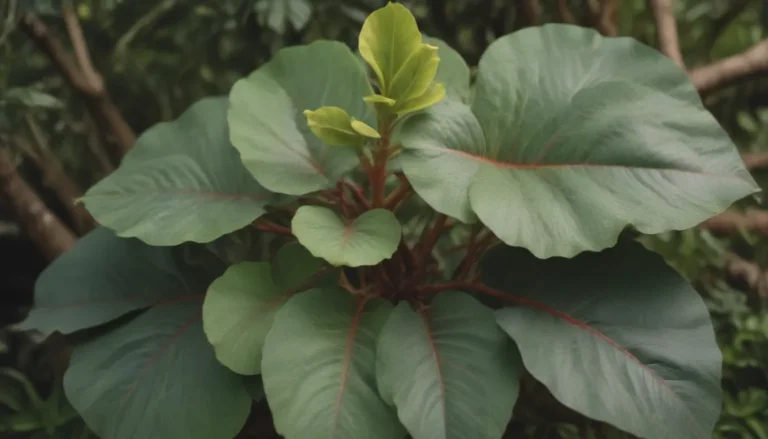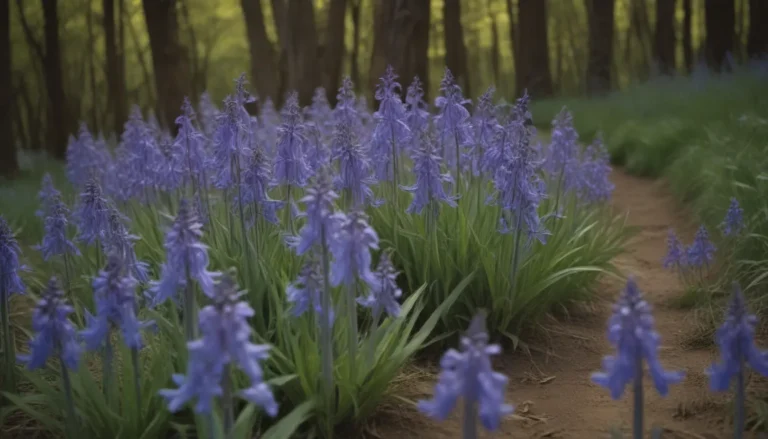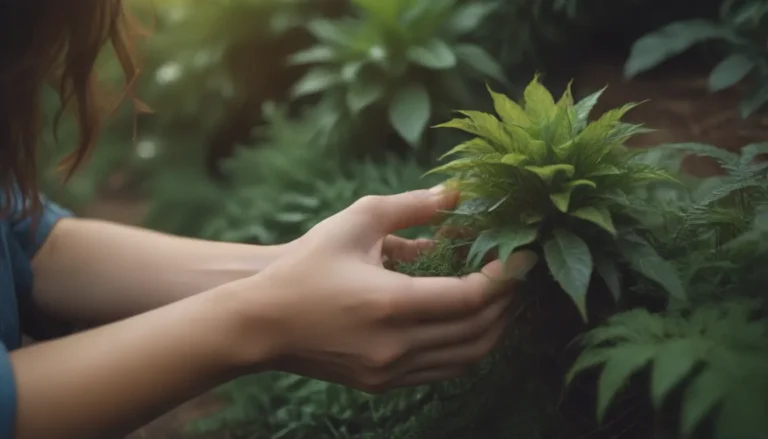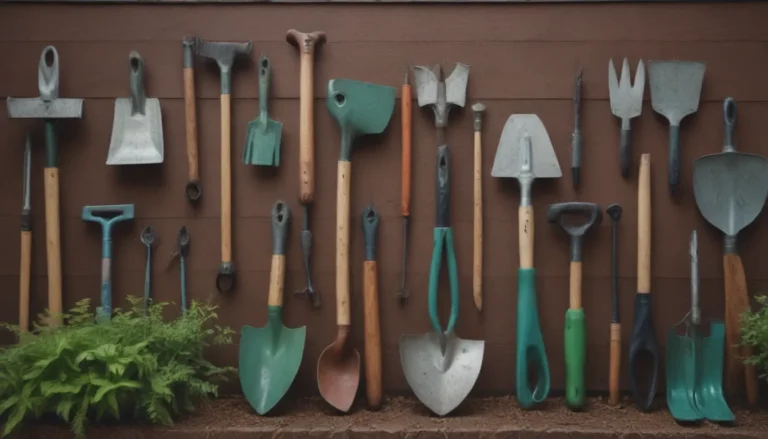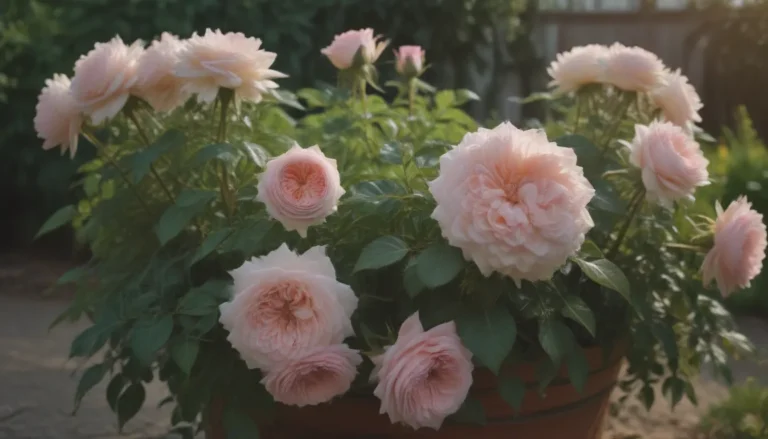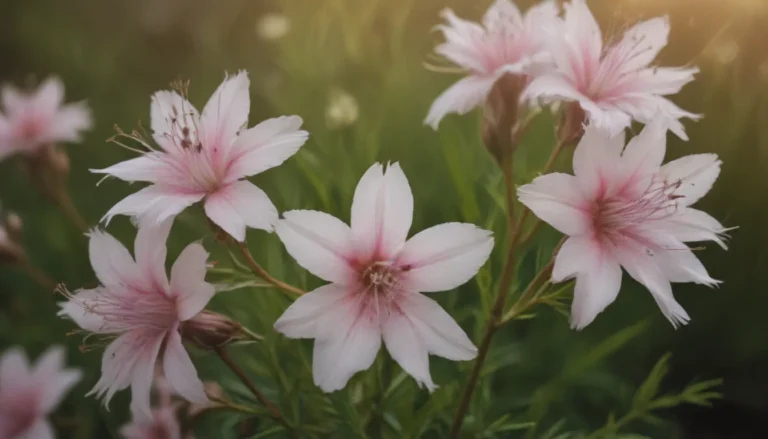The Benefits of Planting Perennials in Your Garden
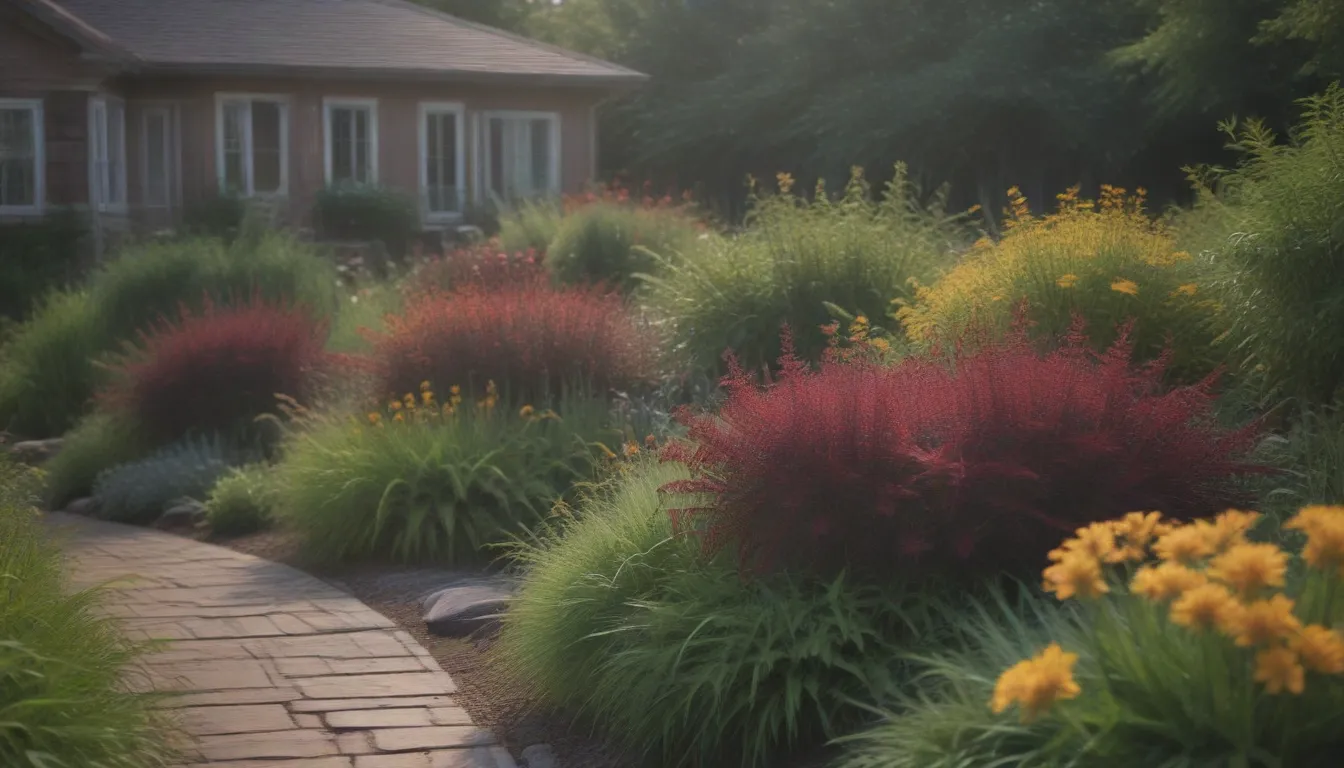
Are you tired of spending countless hours and dollars every year re-planting your garden only to watch it wither away when the seasons change? If so, it might be time to consider incorporating more perennial plants into your landscape. Unlike annuals that need to be replanted each year, perennials are plants that will come back year after year, providing you with a beautiful and low-maintenance garden space that thrives with minimal effort.
Why Choose Perennials Over Annuals?
When it comes to choosing between annuals and perennials for your garden, the benefits of perennials are clear. While annuals may offer a wide variety of beautiful blooms, they require you to replant them each year, making them a more time-consuming and costly option in the long run. Perennials, on the other hand, not only save you time and money but also provide a reliable source of beauty in your garden that will return year after year without fail.
The Difference Between Annuals and Perennials
Before diving into the world of perennials, it’s important to understand the difference between annuals and perennials. Annual plants complete their life cycle in just one growing season, blooming and dying within a year. Perennials, on the other hand, have a lifespan that extends beyond a single growing season. While the above-ground parts of perennials may die back in the winter, they will return each spring with new growth and blooms.
Top 8 Perennial Plants for Your Garden
If you’re ready to create a garden that blooms year after year, here are 8 great perennial plants that are sure to bring beauty and vitality to your outdoor space:
- Black-Eyed Susan
- USDA Hardiness Zones:
- Light:
- Soil:
With their bright yellow blooms and resistance to heat and drought, Black-Eyed Susans are a perfect addition to any garden. These flowers attract pollinators and provide a pop of color that will last throughout the summer months.
- Chrysanthemum
- USDA Hardiness Zones:
- Light:
- Soil:
Chrysanthemums come in a variety of colors and bloom in the autumn, providing late-season color to your garden. While they may need to be replaced after a few years, they are a beautiful and vibrant addition to any landscape.
- Daylily
- USDA Hardiness Zones:
- Light:
- Soil:
Daylilies come in a range of colors and styles, thriving in the sun and producing blooms year after year. These low-maintenance flowers are drought-resistant and can add a burst of color to any garden space.
- Hosta
- USDA Hardiness Zones:
- Light:
- Soil:
Hostas are a versatile perennial plant that thrives in shady areas, providing lush greenery and attracting pollinators with their pink and white flowers. These plants are perfect for adding texture and depth to your garden.
- Peony
- USDA Hardiness Zones:
- Light:
- Soil:
Peonies are known for their large, fragrant flowers that are perfect for cutting and adding to bouquets. These long-living perennials are low-maintenance and can bring a touch of elegance to any garden space.
- Perennial Sage
- USDA Hardiness Zones:
- Light:
- Soil:
Part of the salvia family, perennial sage produces tall spikes of colorful flowers and attracts pollinators with its vibrant scent. These easy-to-care-for plants are a great addition to any garden space.
- Siberian Iris
- USDA Hardiness Zones:
- Light:
- Soil:
Siberian irises add height and color to your garden beds, blooming in early summer and thriving in wetter climates. These sun-loving plants are perfect for cutting and arranging in vases.
- Veronica
- USDA Hardiness Zones:
- Light:
- Soil:
Veronica is a long-blooming perennial that adds beauty to your garden beds throughout the summer and fall months. With varying growing preferences depending on location, this plant is a versatile addition to any landscape.
Tips for Growing Perennials Successfully
To ensure your perennial plants thrive year after year, here are some tips to keep in mind:
- Choose perennials that are well-suited to your climate and soil conditions.
- Provide regular watering and fertilization to promote healthy growth.
- Deadhead flowers to encourage new blooms and extend the flowering season.
- Mulch around plants to retain moisture and suppress weeds.
- Divide overcrowded perennials every few years to maintain plant health and vigor.
By following these tips and choosing the right perennial plants for your garden, you can create a beautiful and sustainable outdoor space that brings joy and beauty year after year.
Transform Your Garden with Perennials
Whether you’re a seasoned gardener looking to enhance your landscape or a beginner hoping to create a vibrant outdoor oasis, incorporating perennials into your garden is a surefire way to achieve lasting beauty and enjoyment. With a wide variety of options to choose from, you can create a personalized garden space that reflects your style and preferences while providing you with a low-maintenance and sustainable solution for year-round beauty. So, roll up your sleeves, grab your trowel, and get ready to transform your garden with these beautiful and reliable perennial plants.
